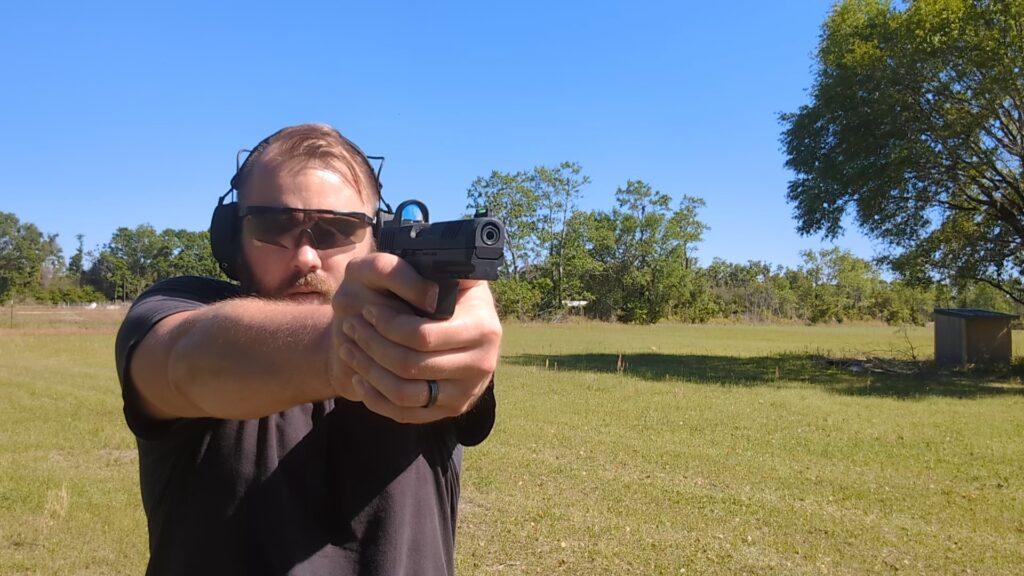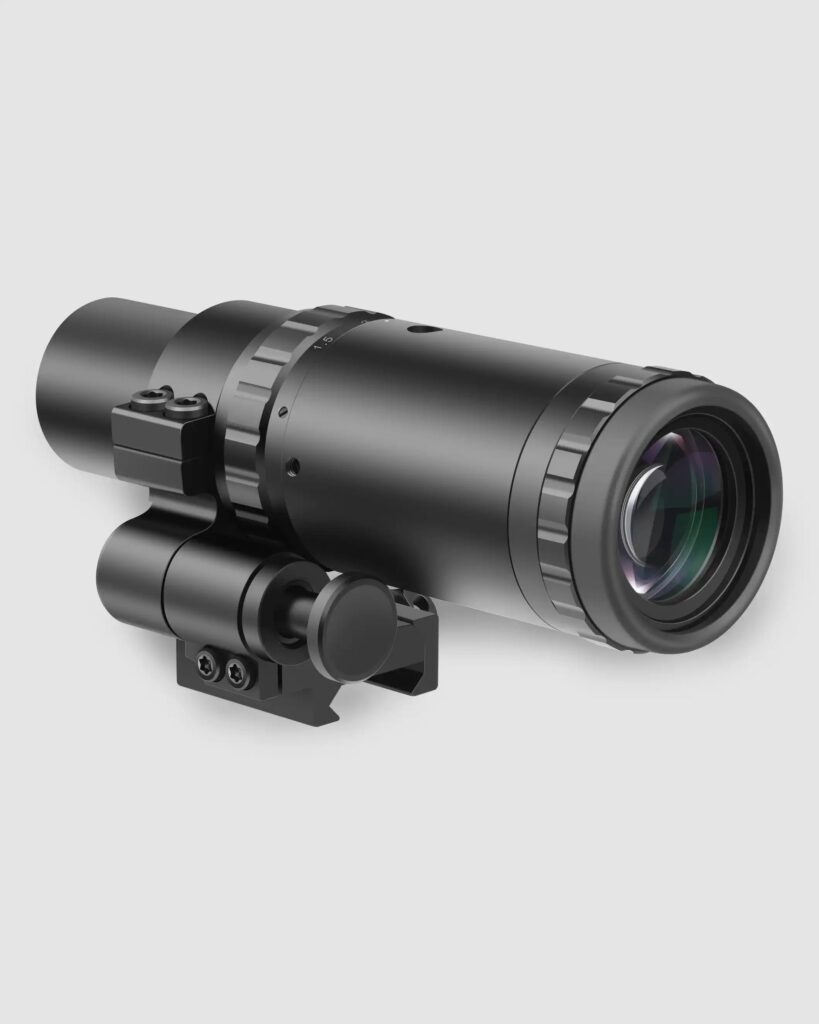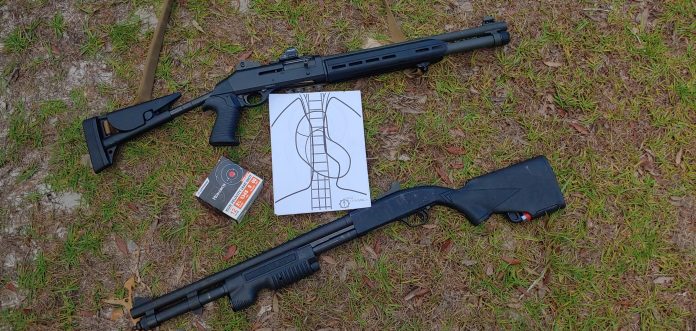One of the most commonly quoted misconceptions about wheelguns is that “revolvers don’t jam.” This is based on the correct idea that because a revolver is entirely mechanically driven, it’s more tolerant of neglect than a semi-automatic pistol. You pull a lever, it rotates a cylinder, and everything happens.
The problem with stating that revolvers don’t jam is that it’s not true. A “jam” is common language for a stoppage, and there are two types of stoppages. The first is a failure of the gun to complete the cycle of operations. In a semi-automatic pistol this is usually a failure to feed, or a failure to eject/extract, or a dud round. The fix for all of those is the same: a basic immediate action drill. Revolvers can’t have failures to feed, but they can have light primer strikes. Since the solution for a light primer hit in a wheelgun is to pull the trigger again, that helps feed the idea that “revolvers don’t jam.”
But what about when they do? The most common failure point in revolvers is something insidious: unburnt powder. Something so small as a flake of unburnt powder under the extractor star can suddenly make your revolver impossible to shoot, and it’s a failure that’s happened to me at least three times that I can recall. The fix for this is to take a toothbrush and brush out under the extractor star, which is a lot more complicated than a simple “tap rack bang” drill.
Advertisement — Continue Reading Below
Similarly, other failures in revolvers are usually parts breakages or screws backing out, all of which require tools to fix. So it’s not that revolvers don’t jam, it’s that when they do go down, they tend to go down hard. Needing tools or a toothbrush to get your gun back up and running isn’t ideal, which is why I don’t treat revolvers like I treat a semi-auto pistol. I basically never clean my semi-auto pistols, but revolvers I clean pretty religiously. Remember: revolvers are tolerant of neglect, not abuse.















